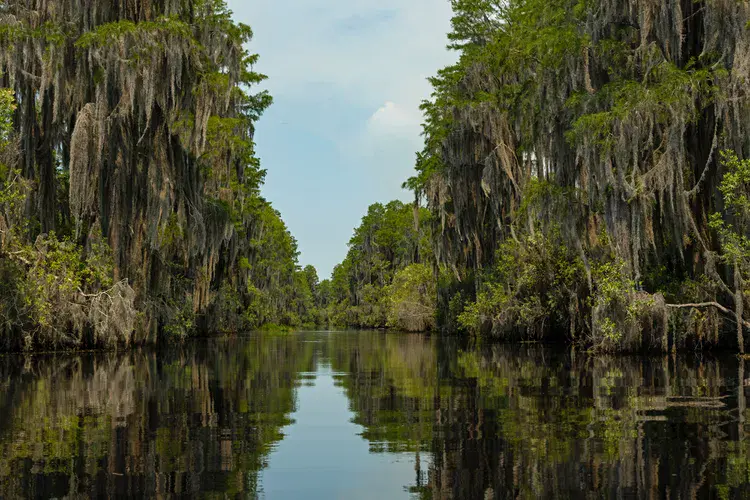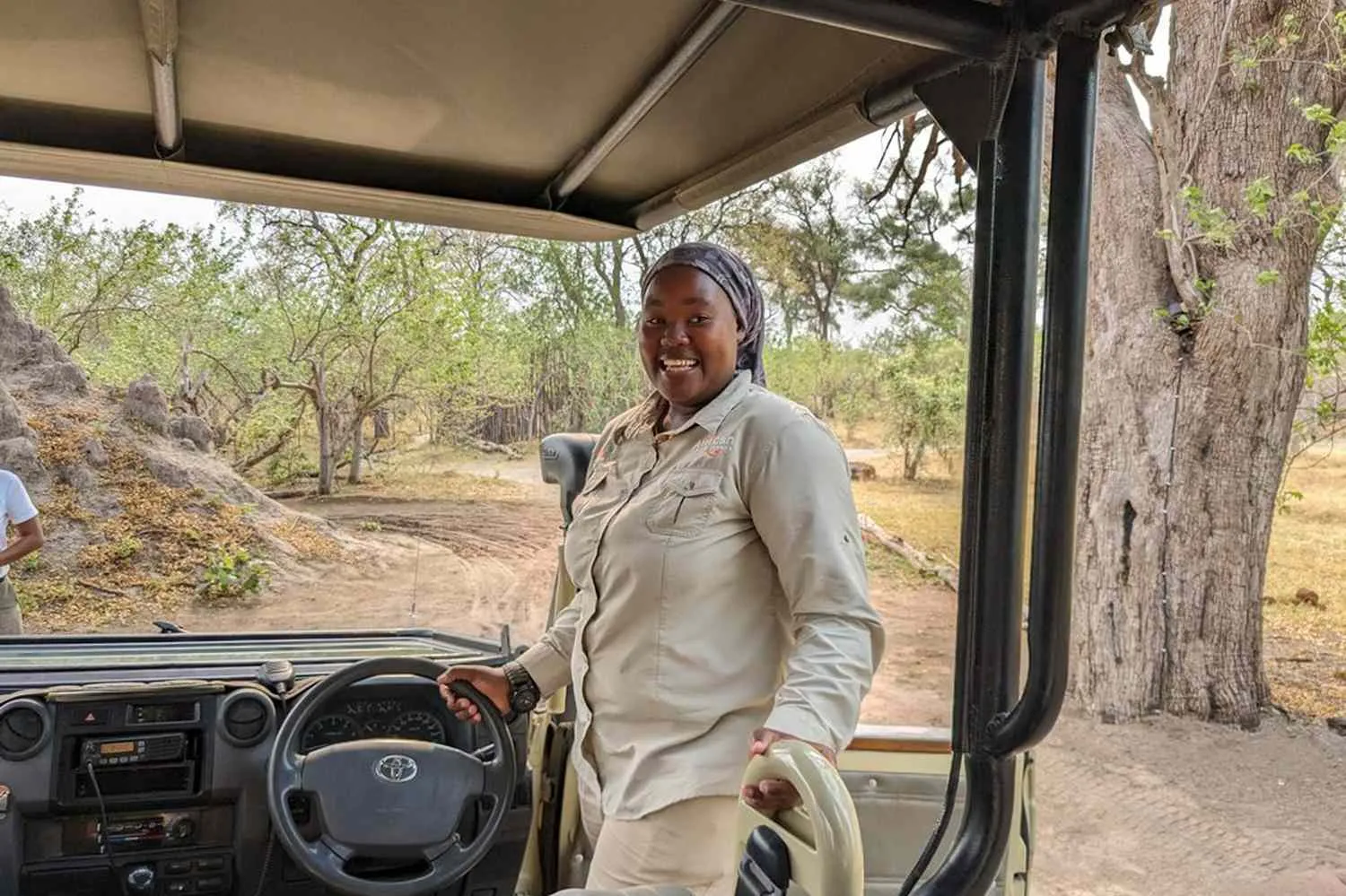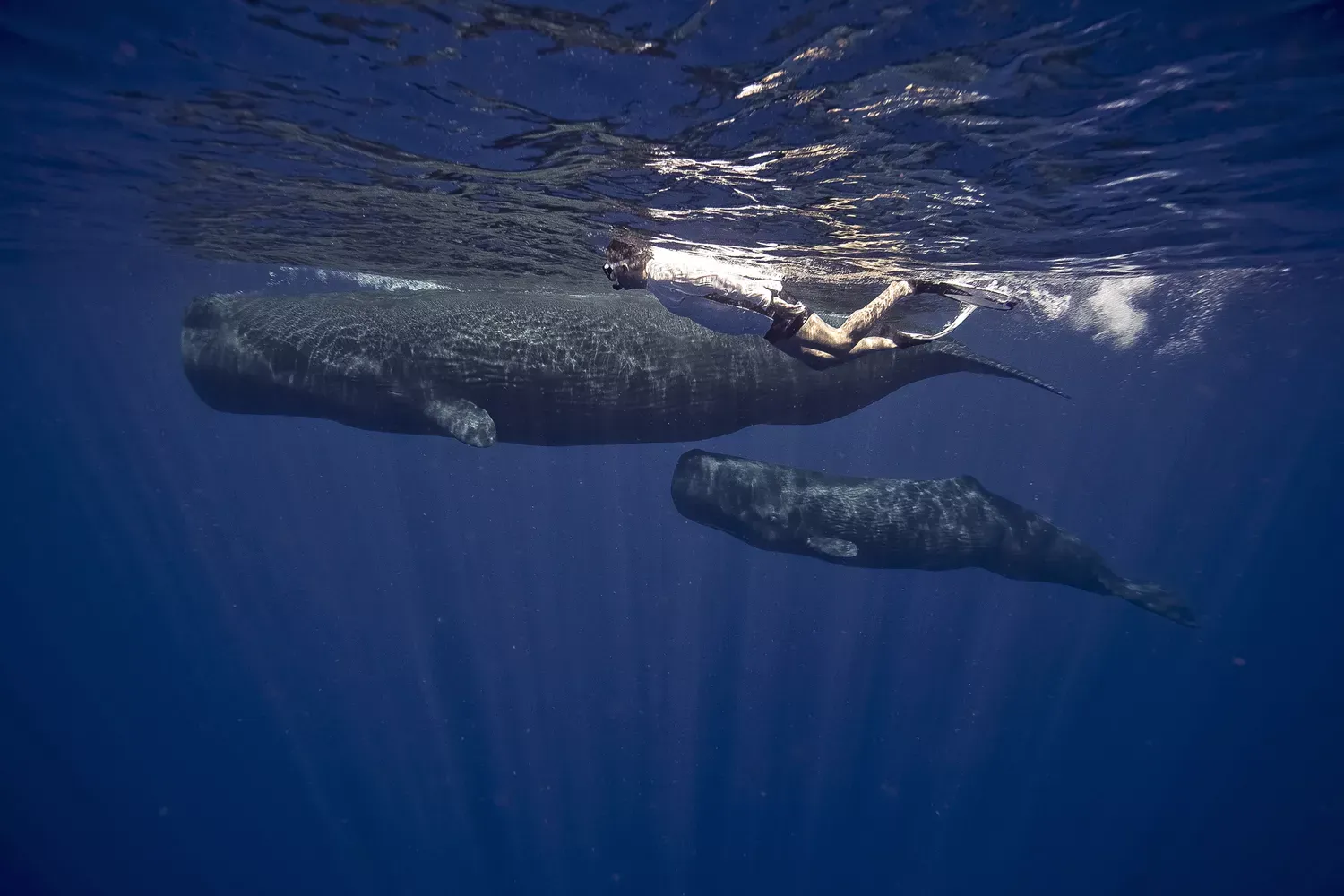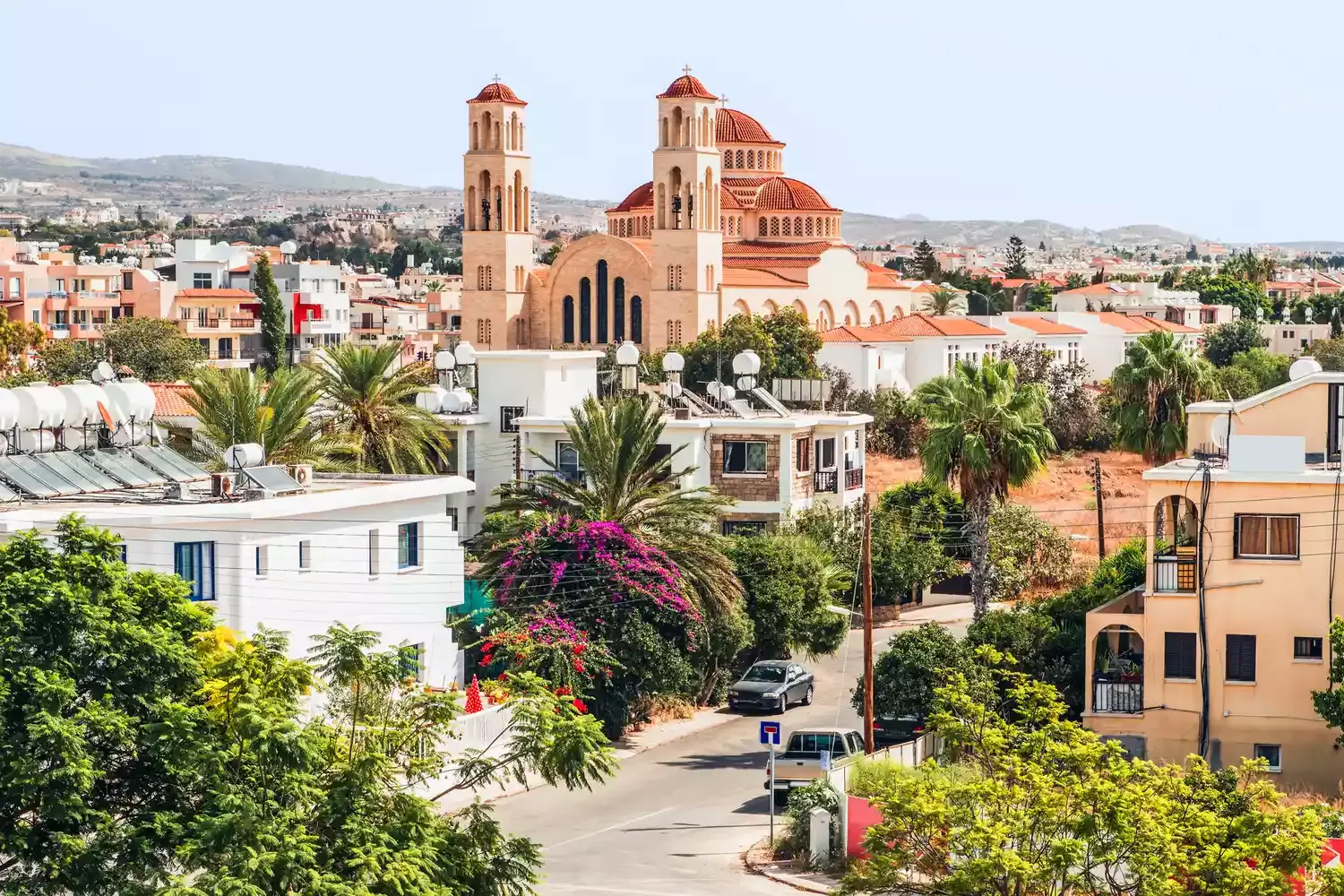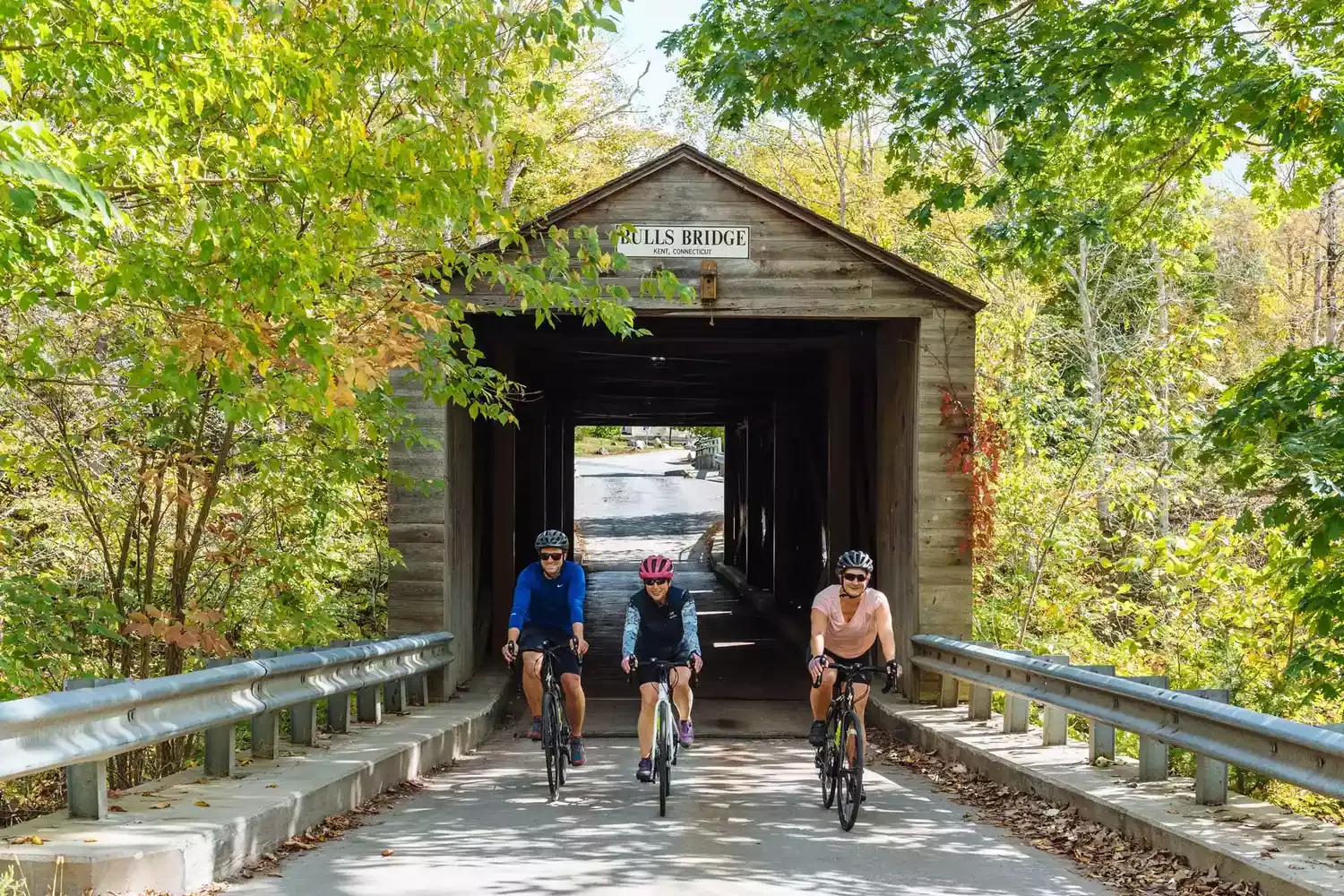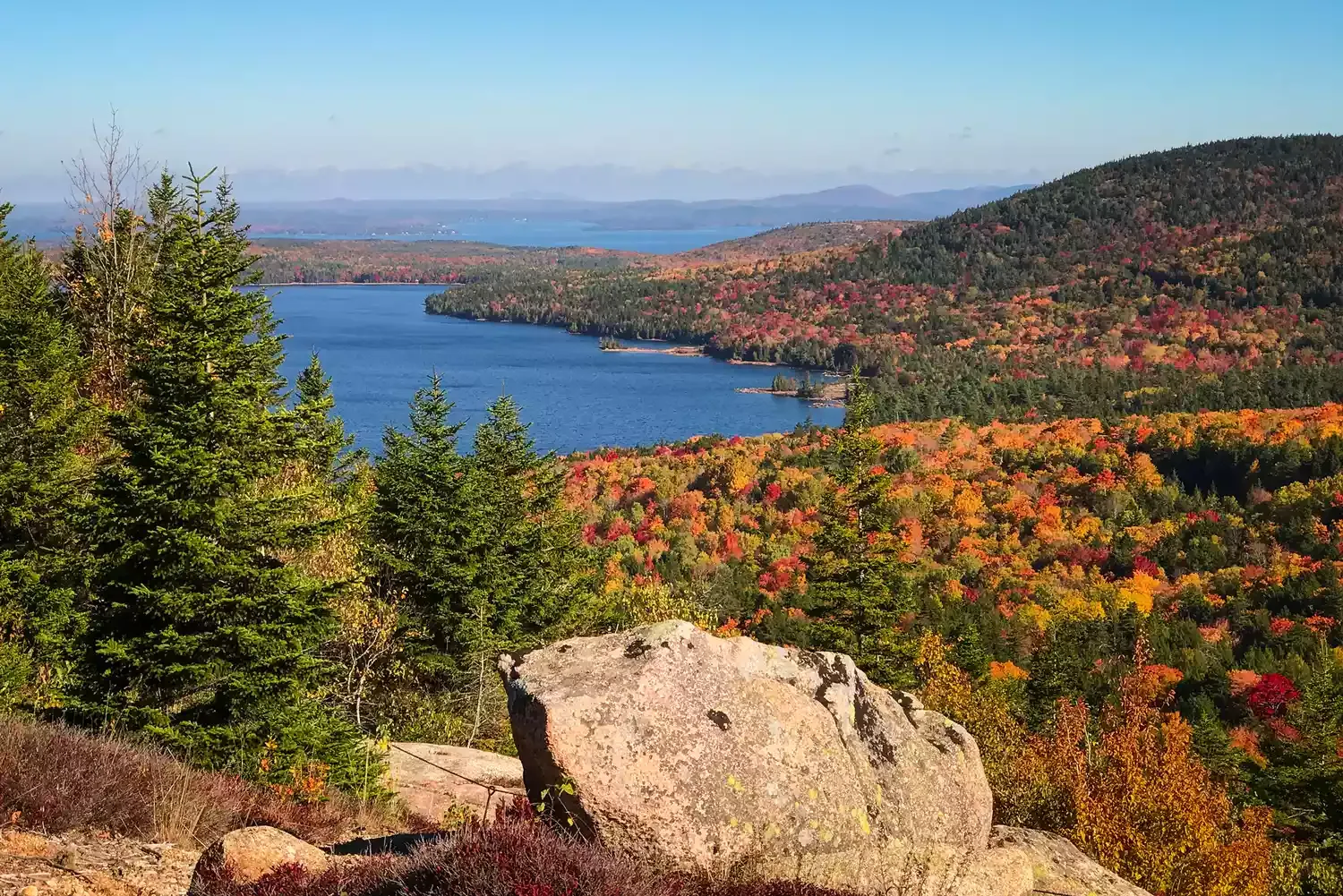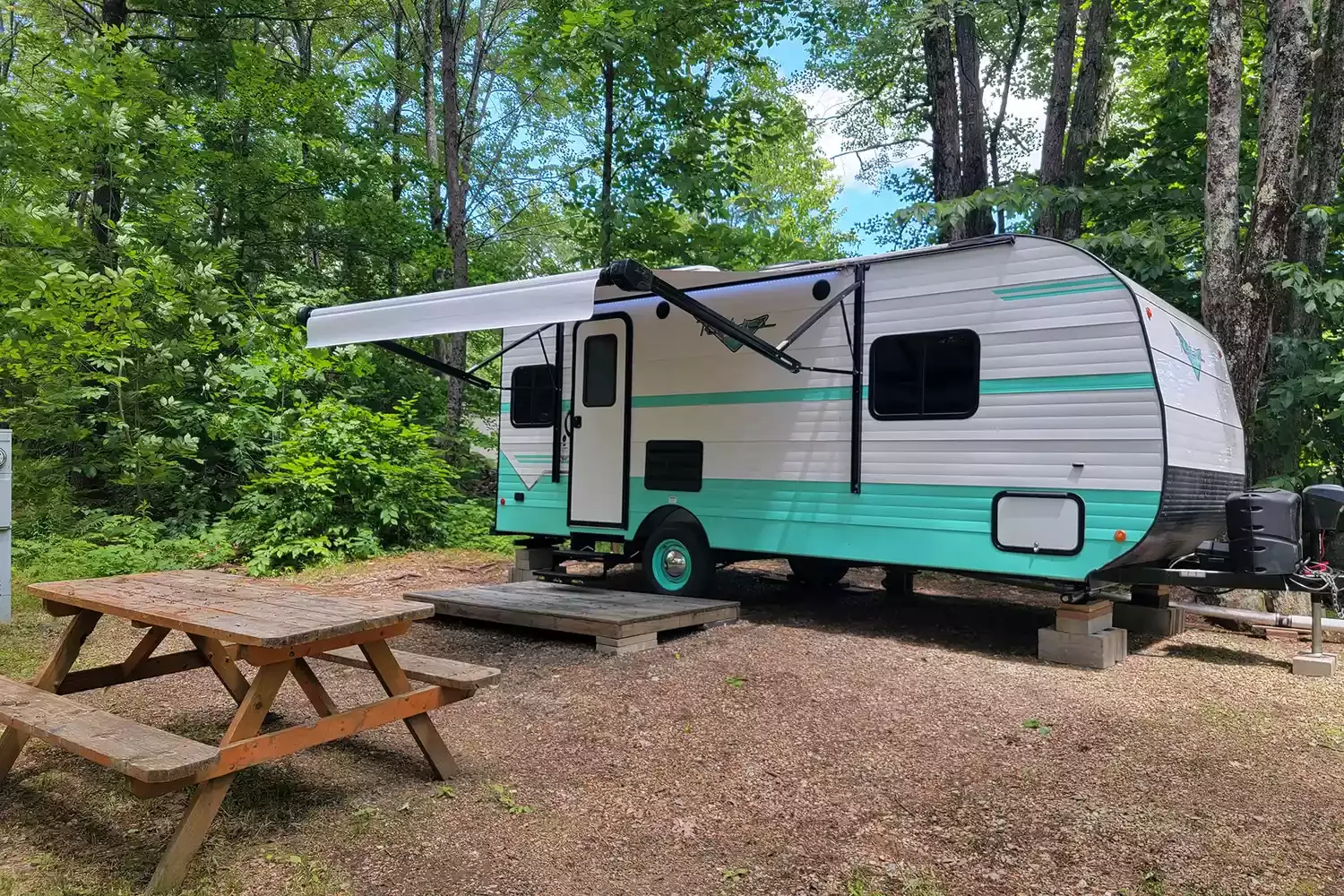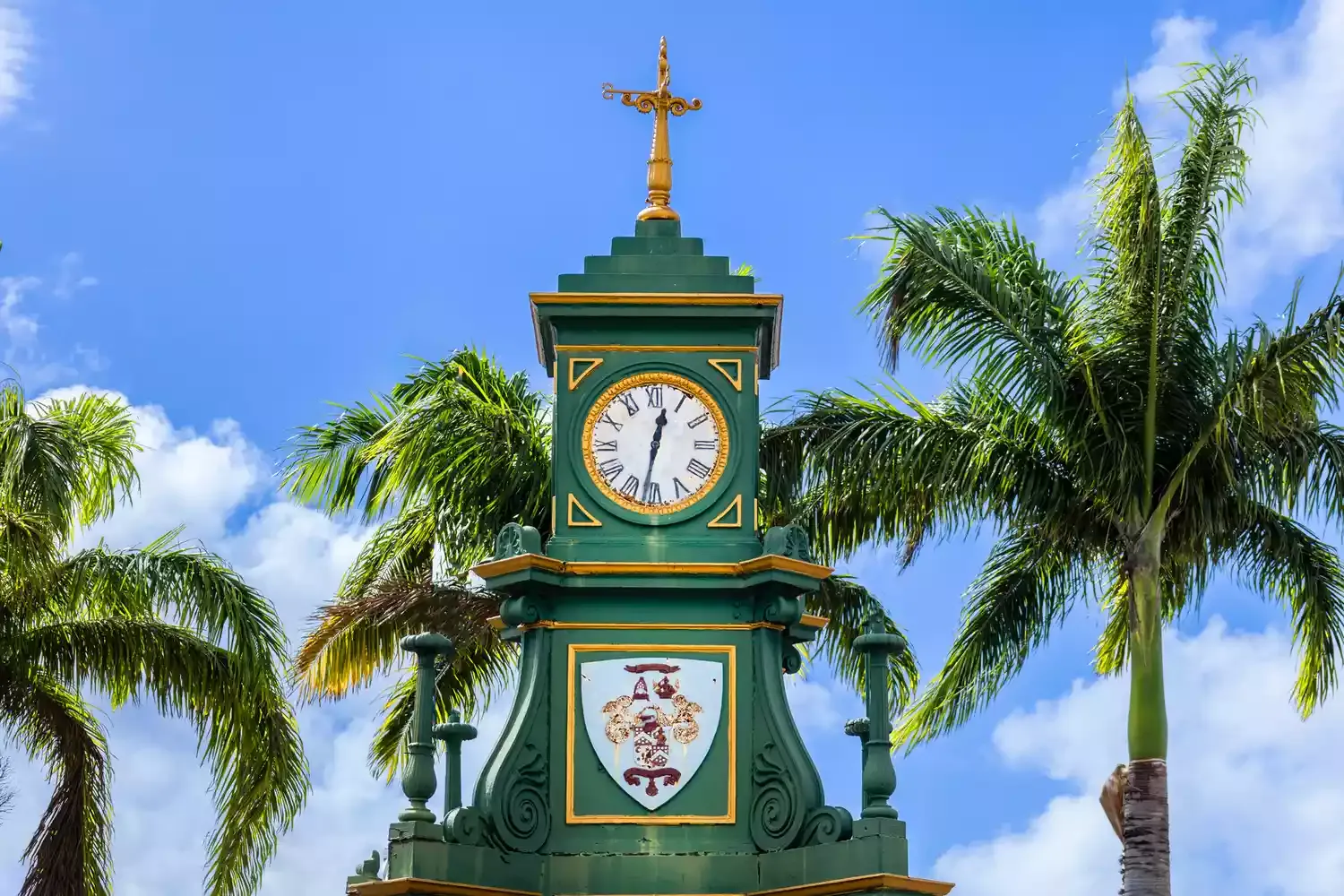Tucked away in the southeastern corner of Georgia lies a place of untamed beauty and ancient mystery—the Okefenokee Swamp, America’s largest blackwater swamp. Spanning over 400,000 acres of protected wetlands, this ecological wonder is not only a vital habitat for an estimated 15,000 alligators, but it's also inching closer to gaining global recognition as a UNESCO World Heritage Site. With its biodiversity, pristine dark waters, and deep cultural history, the Okefenokee is making headlines as one of the most significant natural treasures in the United States.
A Living, Breathing Wilderness Unlike Any Other
The Okefenokee Swamp is a massive peat-filled wetland straddling the Georgia–Florida line. It’s a biodiversity hotspot, teeming with alligators, black bears, sandhill cranes, otters, and over 200 bird species. Its slow-moving blackwater channels, cypress forests draped in Spanish moss, and mysterious floating islands make it feel like a scene from another world.
For centuries, this untouched landscape has been home to both wildlife and rich cultural stories—from the Native American tribes who once inhabited the area, to the early settlers who braved its wild terrain.
A Push for World Heritage Recognition
Now, conservationists and officials are working to elevate the swamp’s status by nominating it for UNESCO World Heritage Site designation. If approved, it would join an elite list of internationally recognized natural landmarks like Yellowstone, the Grand Canyon, and the Everglades.
This recognition would not only highlight the ecological importance of the Okefenokee but also provide stronger protections against threats like mining, development, and climate change.
Why the Alligators Matter
The swamp's estimated 15,000 American alligators aren’t just a draw for visitors—they’re a sign of the ecosystem's health. These apex predators play a crucial role in maintaining balance in the wetlands. Watching them silently patrol the dark waters or bask on the banks adds to the swamp’s wild allure and raw beauty.
Planning Your Visit to the Okefenokee
Want to experience this untouched wilderness for yourself? Here’s how:
- Start at the Okefenokee National Wildlife Refuge, which offers boardwalk trails, boat tours, and kayaking opportunities.
- Visit in cooler months (fall through spring) for the best wildlife viewing.
- Don’t forget your camera—sunrises and sunsets over the swamp are nothing short of magical.
As one of the last truly wild places in the southeastern United States, the Okefenokee Swamp is more than just a destination—it’s a living, breathing symbol of natural resilience. Whether you’re drawn by its alligator population, its hauntingly beautiful waters, or the possibility of witnessing a future World Heritage Site, one thing is certain: the Okefenokee is a national treasure worth protecting—and experiencing.

